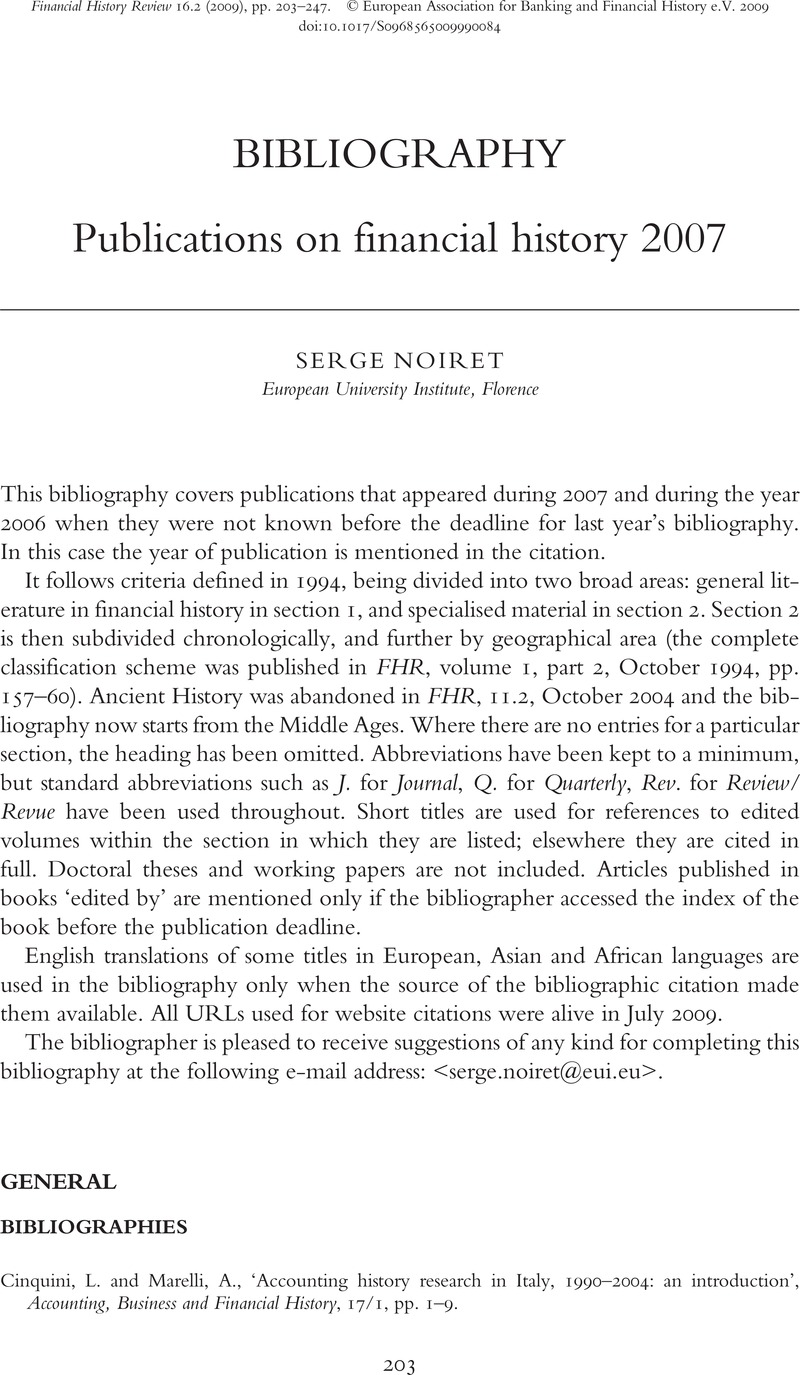Crossref Citations
This article has been cited by the following publications. This list is generated based on data provided by Crossref.
Hale, Matthew
Raymond, Graham
and
Wright, Catherine
2010.
List of publications on the economic and social history of Great Britain and Ireland published in 2009.
The Economic History Review,
Vol. 63,
Issue. 4,
p.
1129.





